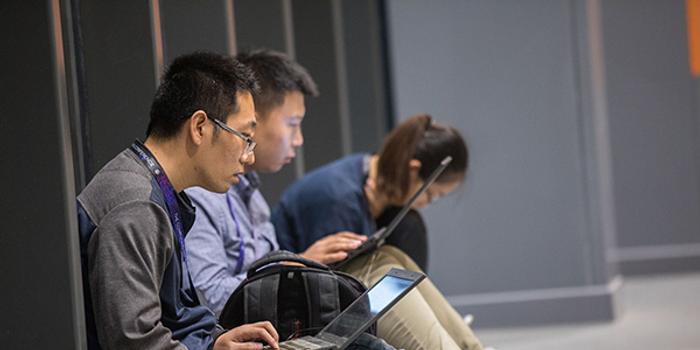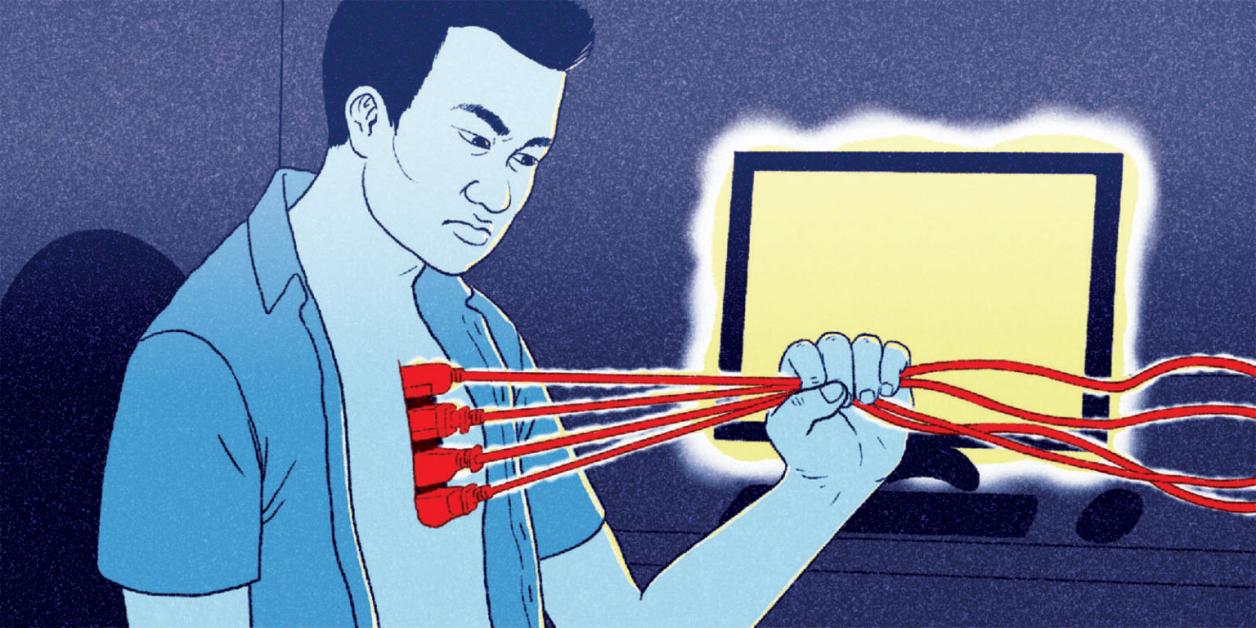Introduction
In recent years, the "996 work culture" has become a widely debated phenomenon in China, particularly within the tech industry. "996" refers to a work schedule where employees are expected to work from 9 a.m. to 9 p.m., six days a week. This practice has become prevalent in many high-pressure industries such as technology, finance, and e-commerce. Proponents argue that this grueling work ethic is necessary to maintain the rapid pace of innovation and economic development in a highly competitive global landscape. However, opponents criticize it for its negative impacts on workers' health, well-being, and personal lives. This article provides a comprehensive evaluation of the 996 work system, examining its origins, advantages, disadvantages, and long-term implications for Chinese society and its economy.

I. Origins and Development of the 996 Culture
The 996 work culture is closely tied to China's rapid economic growth and the rise of its tech industry. Companies like Alibaba, JD.com, and Huawei have contributed to China's transformation into a global tech giant. As these firms grew, so did the pressure to maintain their dominance through relentless innovation and hard work. Jack Ma, the founder of Alibaba, famously endorsed the 996 culture, describing it as a "blessing" for employees, arguing that individuals should be willing to work extra hours in exchange for achieving personal and corporate success.
This mindset was initially embraced by many who saw it as a key driver of China's technological boom. For years, employees in major tech companies were motivated by the promise of high salaries, rapid career progression, and stock options, making the long hours seem like a necessary sacrifice for future success. However, as the industry matured and the pace of growth slowed, the costs of such a work culture became more apparent, leading to increasing criticism from employees and social commentators alike.
II. The Arguments for 996
Proponents of the 996 work culture believe that it has played a significant role in China's economic development, particularly in the tech sector. Some of the arguments in favor of this model include:
1. Driving Innovation and Competitiveness
In an era of rapid technological advancement, companies that do not move quickly risk being left behind. The 996 culture is often justified as a way to ensure that firms remain competitive in a fast-paced global market. Supporters argue that working long hours allows employees to push the boundaries of innovation and meet tight deadlines, which is essential in industries where speed and efficiency are critical.
2. High Rewards for Hard Work
While the 996 schedule demands a great deal from employees, it also promises high rewards, at least for those at the top of the corporate ladder. Many tech workers in China are attracted to these jobs because of the financial compensation, including high salaries, bonuses, and stock options. In this sense, some argue that the 996 culture is a form of meritocracy: those who are willing to work harder reap greater rewards.

3. Cultural Factors
China has a long tradition of hard work and collective effort, often referred to as "吃苦耐劳" (chī kǔ nài láo), meaning the ability to endure hardship. The 996 culture, in some ways, aligns with this cultural value of perseverance and sacrifice for the greater good, whether it be for the company, family, or country. This mindset has historically been seen as a virtue in Chinese society, contributing to the acceptance of long working hours, especially among older generations.
III. The Criticism and Drawbacks of 996
Despite the arguments for its existence, the 996 work culture has faced increasing criticism for its negative impacts on employees' physical and mental well-being, as well as broader societal implications.
1. Health Implications
Long working hours have been linked to a variety of health problems, including chronic stress, anxiety, depression, and cardiovascular issues. Studies have shown that overwork can significantly increase the risk of burnout, which in turn can lead to decreased productivity, absenteeism, and higher turnover rates. The tech industry's demanding schedules leave little time for rest or recovery, pushing many workers to their physical and mental limits.
Numerous tragic incidents have highlighted the dangers of 996. There have been several reported cases of tech workers collapsing or even dying from overwork, a phenomenon often referred to as "过劳死" (guòláosǐ), or "death from overwork." Such cases have sparked widespread outrage and raised serious questions about the sustainability of the 996 work culture.
2. Erosion of Work-Life Balance
The 996 culture leaves little room for personal life. Employees often have to sacrifice time with family and friends, as well as personal hobbies and self-care, leading to a skewed work-life balance. For many, the long hours result in a diminished quality of life, with feelings of constant exhaustion and dissatisfaction becoming common. The loss of personal freedom, combined with the pressure to perform at high levels, has driven many employees to question whether the financial benefits are worth the personal cost.
This imbalance also affects family dynamics, particularly for employees with children or elderly relatives to care for. The long hours make it difficult for parents to spend time with their children, which can impact family relationships and even contribute to declining birth rates, a major concern for China as its population ages.

3. Legal and Ethical Concerns
China's labor laws, like those in many countries, set limits on the number of hours employees can work per week. According to Chinese labor law, a standard workweek should not exceed 40 hours, with overtime limited to 36 hours per month. However, the 996 work culture clearly violates these regulations, and enforcement of labor laws in the tech industry has been lax.
The ethical concerns surrounding 996 are also significant. Many employees feel they are being coerced into working long hours without proper compensation for overtime, and they fear retaliation if they refuse to comply. This creates an exploitative environment where workers have little choice but to conform to the demands of their employers, leading to a growing sense of resentment and powerlessness.
4. Impact on Productivity
While proponents argue that longer working hours lead to increased productivity, studies suggest that overwork can have the opposite effect. Research shows that after a certain point, the quality of work declines as employees become fatigued and stressed. This results in diminishing returns, where the extra hours put in do not translate into higher levels of output or creativity. In the long run, a workforce that is burnt out and demoralized may struggle to maintain the innovation and dynamism that 996 is supposed to foster.
IV. Public Backlash and Movements Against 996
In recent years, there has been increasing public resistance to the 996 work culture. The rise of social media has allowed employees to voice their concerns and organize movements against the exploitative work environment. The "996.ICU" movement, which gained widespread attention in 2019, was a direct response to the 996 culture. The name of the movement refers to the idea that working under a 996 schedule could send employees to the Intensive Care Unit (ICU) due to the health risks associated with overwork.

This movement led to the creation of a GitHub page where tech workers could share their experiences and call for better working conditions. The movement also brought greater international awareness to the issue, sparking discussions about the need for labor reform and the protection of workers' rights in China.
V. The Future of the 996 Work Culture
The future of the 996 work culture in China remains uncertain. While there is growing opposition to the practice, many companies continue to operate under the belief that long hours are necessary for success. However, shifts in societal attitudes, especially among younger workers, suggest that change may be on the horizon.
Younger generations, often referred to as "Gen Z" and "post-90s," have shown a greater willingness to prioritize work-life balance and mental health over traditional markers of success, such as salary and job titles. These workers are less inclined to tolerate exploitative working conditions, and their changing attitudes may force companies to rethink their approach to employee welfare.
Furthermore, as the Chinese economy continues to evolve, there is a growing recognition that sustainable growth may require a healthier, more balanced workforce. Companies that fail to adapt may face higher turnover rates and difficulties attracting top talent, particularly as global competition for skilled workers intensifies.

Conclusion
The 996 work culture in China is a complex issue that reflects both the country's rapid economic growth and the toll that such growth has taken on its workforce. While some argue that the culture has contributed to China's success in the global tech industry, the negative effects on employees' health, well-being, and work-life balance are becoming increasingly difficult to ignore.
As the public backlash against 996 continues to grow, there is hope that both companies and the government will take steps to reform labor practices and create a more sustainable work environment. In the end, the future of China's economy may depend not on how long its employees work, but on how well they are treated during the hours they do.



